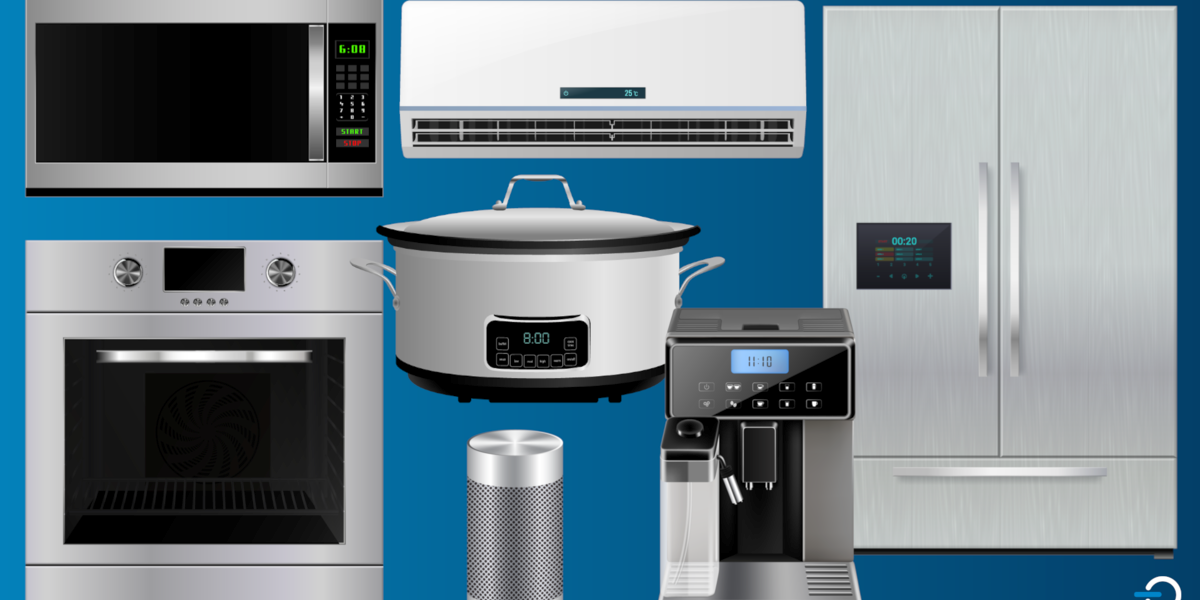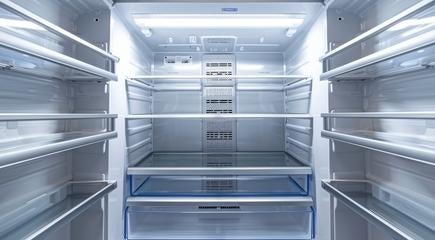DOE Appliance and Equipment Standards and Rulemaking

By law, the U.S. Department of Energy (DOE) must review each federal appliance standard every six years and decide whether an update is warranted. If so, it needs to publish a proposed rule, with a final rule due two years later. Over the last year, there has been a flurry of activity and webinars related to energy conservation standards covering appliances ranging from televisions, ceiling fans, air conditioners and heat pumps to external power supplies, battery chargers and electric motors.
To gather recommendations on the development of standards and test procedures for residential appliances and commercial equipment and to prioritize topic areas, the DOE Appliance Standards and Rulemaking Federal Advisory Committee (ASRAC) held a public webinar on June 9, 2022 and published a draft of the 5-year rulemaking schedule. The full list of rulemakings, including legislative deadlines, can be found at Regulations.gov. Established in 2012 under the authority of the DOE, ASRAC focuses on finding solutions to rulemaking issues for appliance standards.
Twice per year, the dozen committee members hold meetings open to the public and continue discussions, where needed, in various working groups. Most rulemakings do not require additional negotiation; however, in the case of newly regulated products, complex situations, or situations where a Direct Final Rule (DFR) can help achieve an outcome satisfying all parties, negotiated rulemakings make sense. In these instances, working groups are established, and participating stakeholders work together in good faith to reach a compromise.
The Appliance and Equipment Standards Program establishes test procedures for measuring energy efficiency and sets mandatory levels for products to be sold in the U.S. The program enforces those standards through orders not to sell, imposed civil penalties and border control. It also assists other federal agencies such as the Environmental Protection Agency (EPA) and Federal Trade Commission (FTC) with ENERGY STAR® test methods and the Energy Guide Label, respectively.
According to the Energy Efficiency and Renewable Energy (EERE) office*, these standards saved energy and money totaling $76 billion in 2019, equivalent to $464 per year per household. Such energy bill savings come from gains in the energy efficiency of household appliances and equipment. For example, new refrigerators use 44 percent less energy than those in 1990 despite greater than 15 percent more storage capacity at nearly half the retail cost. Similarly, new washing machines use 80 percent less energy while offering 50 percent more tub capacity.
*Reference: https://www.regulations.gov/document/EERE-2013-BT-NOC-0005-0106





